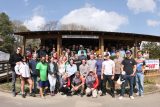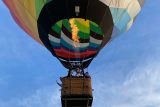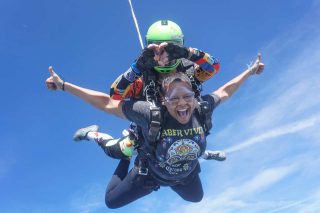How to Get Into Wingsuiting: A Step by Step Guide
General
3 years ago
How to Get Into the Sport of Wingsuit Skydiving
Is the flying squirrel suit, or rather “wingsuit flying,” your ultimate skydiving goal? We’ve created a 7-step guide on learning to wingsuit, but first, let’s get a few things straight …
What is Wingsuiting?
Think a suit with wings that stretch from the hips to the wrists and then from foot to foot, like a bat! When the surface area of the jumper is increased by all the fabric on the suit, their fall rate is decreased and they are able to enjoy the freefall portion of the skydive for much longer than their other freefalling friends. They are able to maneuver the suit to carve around clouds and stay with other skydivers, which is called “flocking.”
Some people refer to these suits as “squirrel suits” but the correct term is wingsuit.
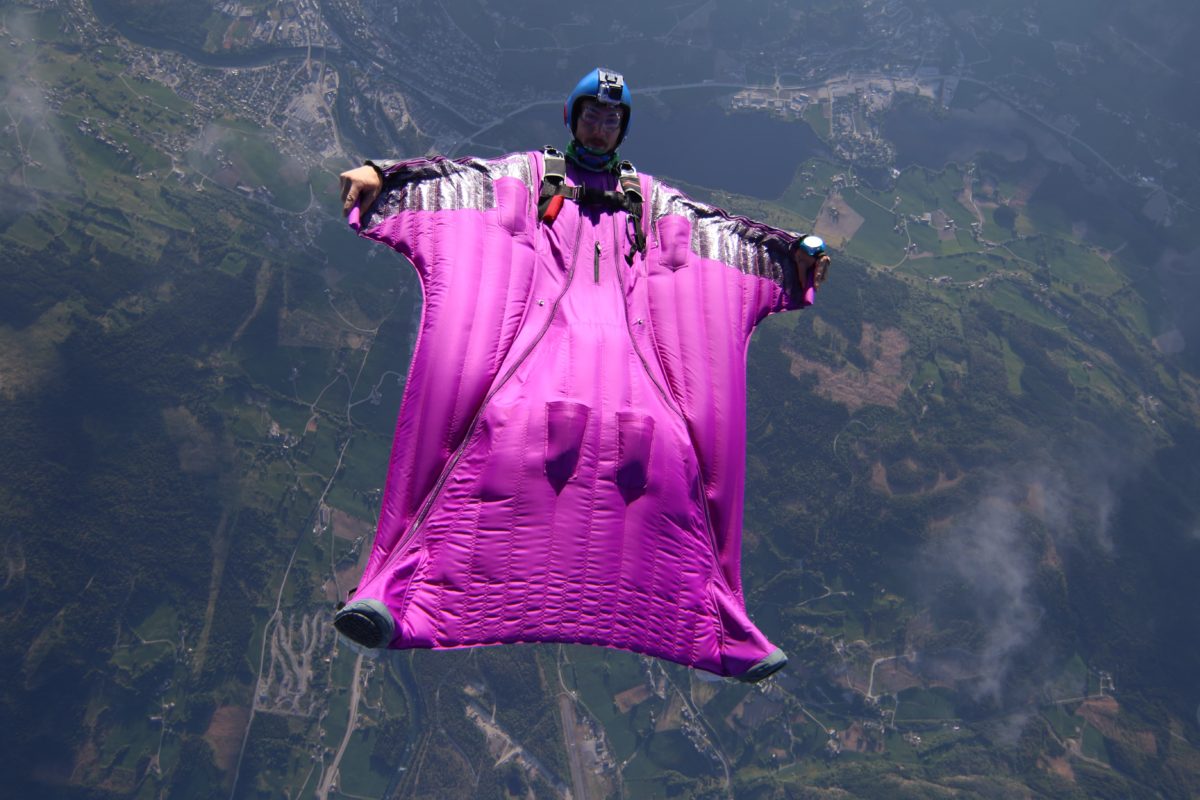
7 Steps on How to Get Into Wingsuiting
1. Complete a Tandem Skydive
The first step of any skydiving journey, wingsuiting or not, is to do a tandem skydive. Tandem skydiving is when the student (you) is secured to a professional instructor, and then you fling yourselves from a perfectly good airplane! It’s awesome, and it comes with the ultimate high.
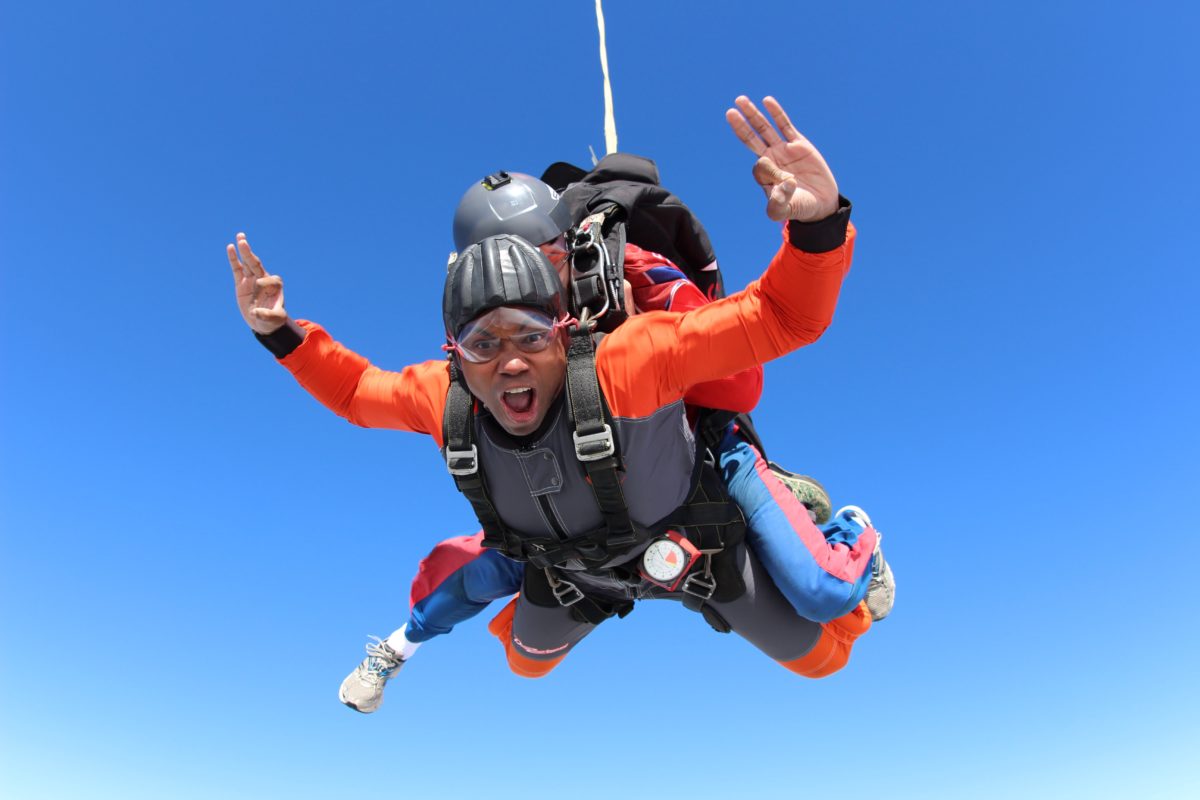
2. Become a Licensed Skydiver
Once you complete a tandem skydive and fall in love with skydiving (which we’re confident you will), it’ll be time to earn your A-license. The A-license is the first of four skydiving licenses. Here at Skydive Carolina, we offer the most extensive skydiving training program in the US: Accelerated Freefall (AFF).
The skills that must be completed in order to obtain an A-license are set by the United States Parachute Association (USPA) and include basic freefall and canopy skills that prove safety and awareness of other jumpers, successfully packing a parachute, and completing a written and oral exam. Once you’re licensed, you’ll continue to work towards other licenses and ratings, learn from elders in the sport, and figure out which disciplines you want to pursue – like wingsuiting!
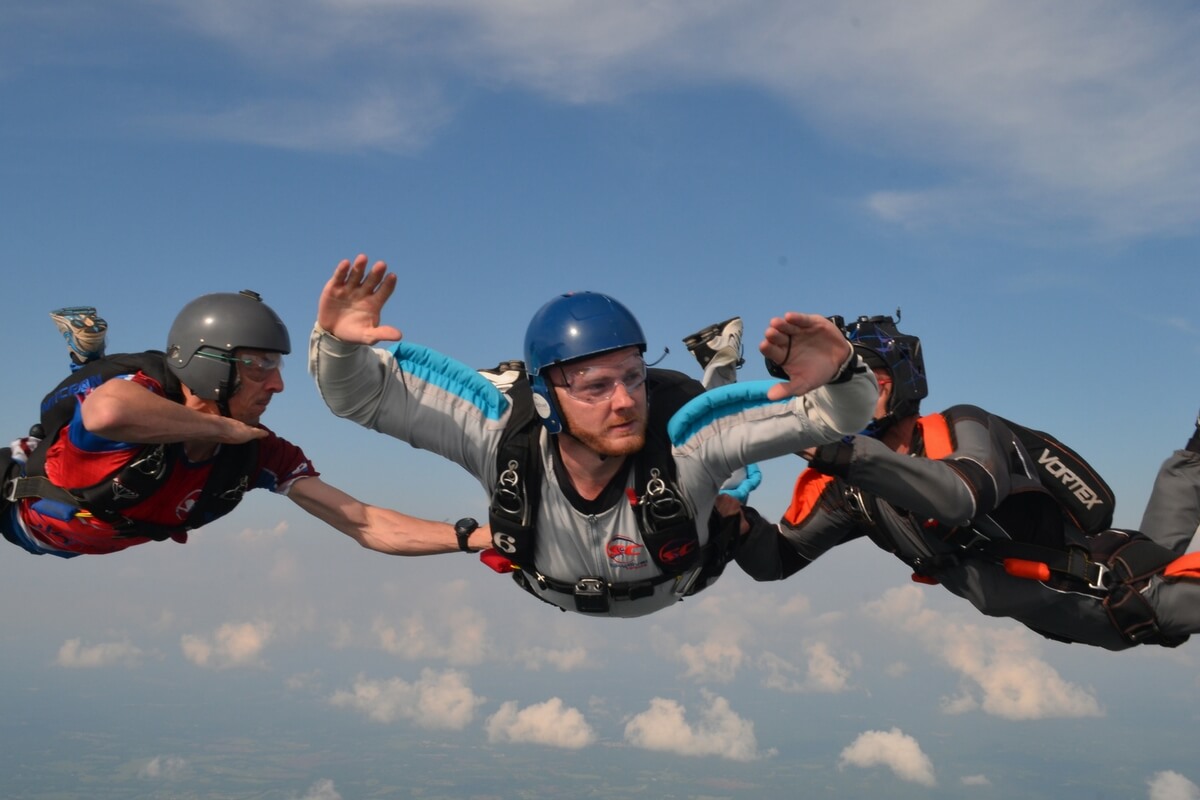
3. Learn Tracking and Angle Flying
Tracking is one of the most important skills you’ll learn while working to obtain the A-license. It essentially allows multiple people to be in the sky at once and still deploy their parachutes safely by creating horizontal separation between each other. Think: de-arch, make your body “like a board” and fly forward like Superman. This position creates maximum forward movement while staying parallel to the ground.
Angle flying is essentially a mix between being in a head-down orientation and a track … envision a 45-degree angle to the ground. Why are tracking and angle flying critical to nail before wingsuiting? They both teach you to be aware and fly safely in groups, follow a leader, and fly while staying on heading.
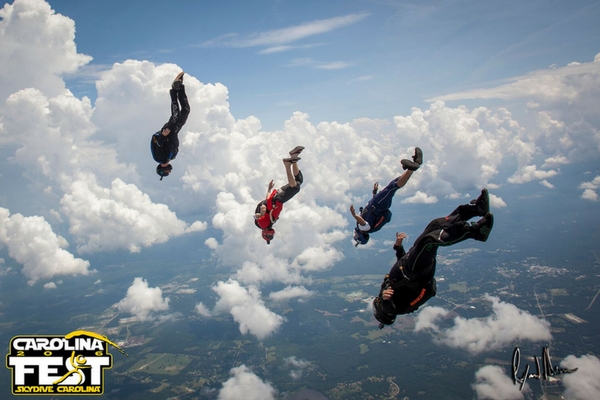
4. Patience in the Sport of Skydiving
Growing in the sport of skydiving takes a big time commitment, but we’re not saying this is a bad thing! If you’re passionate about the sport you won’t think twice about spending as much time as possible at the dropzone – it’ll become your happy place!
With a minimum of 50 jumps and a specific set of skills complete, you’ll be able to achieve the USPA B-license. After this, you’ll need 150 more jumps to get to 200 and obtain the C-license. Once you have 200 jumps and a C-license, the wingsuiting talk gets real. This may seem like an astronomical number, but time really flies when you’re having fun and the jump numbers add up quickly.
Note: something that is just as important as jump numbers is currency in the sport, and most schools require about 40 jumps within the previous two months before a Wingsuit First Jump Course (Wingsuit FJC).
5. Enroll in a Wingsuit First Jump Course
At Skydive Carolina’s Wingsuit FJC, you’ll be instructed by world-class coaches – Bryan Campau, Kristie Earley, and Anthony Zerbonia – who are not only passionate about wingsuiting, but who are also able to teach you in an effective way that leaves you feeling confident and safe in your beginner wingsuiting abilities.
What is required before I can enroll in a WFJC? We require a minimum of 200 logged jumps, a wingsuit-friendly canopy, AAD, and altimeter.
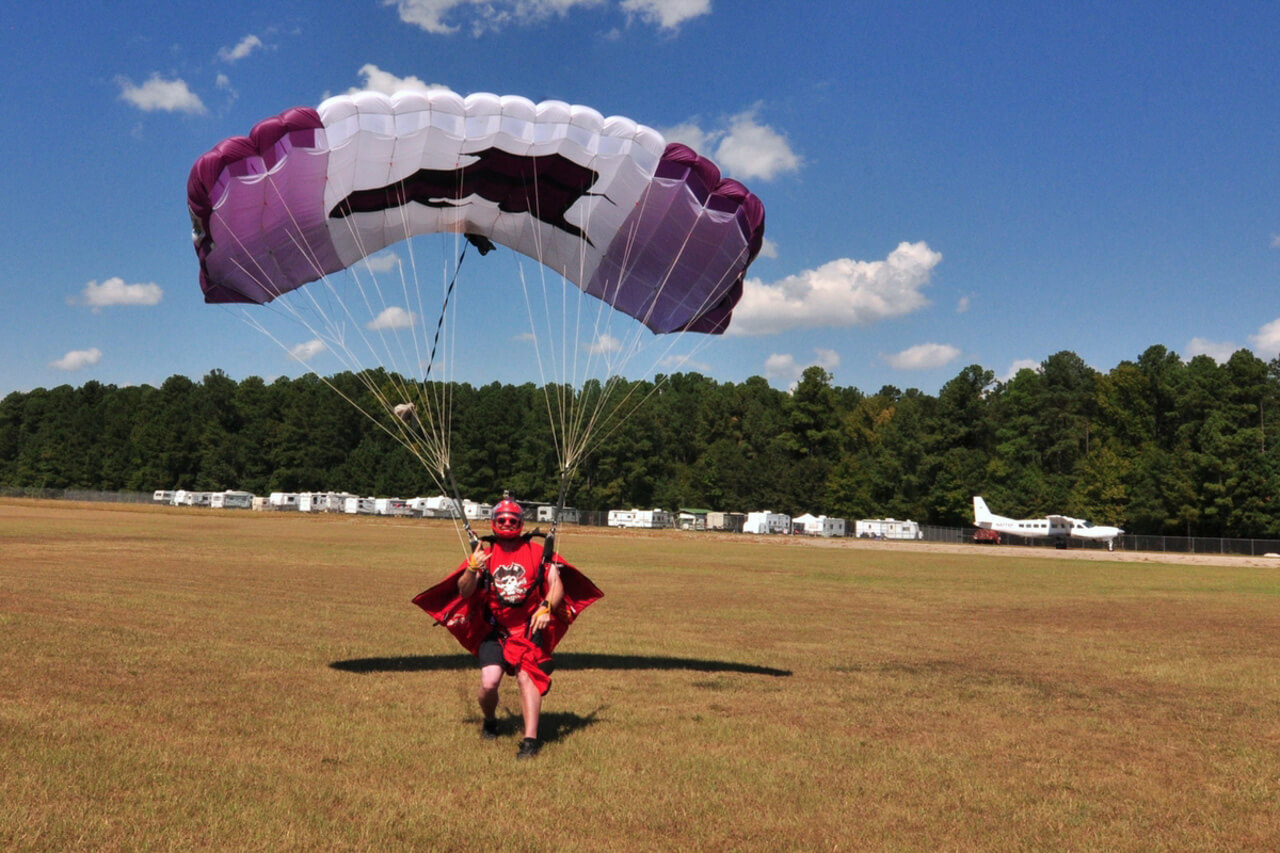
6. Get a Wingsuit!
By this time you’ll understand that skydiving, like any professional sport, can be a little tough on the ol’ pocket book. Don’t worry! It’s typical for jumpers to rent wingsuits until they order the one of their dreams. We are happy to help you out with any rental or sizing questions for ordering your custom suit. Like many areas of skydiving, once you’ve mastered a beginner suit you can progress onto more specific styles for more advanced disciplines, like racing, XRW, and acrobatics.

7. Come Flock!
We’ve got one of the best facilities in the world and are always watching our wingsuiters flock across the sky! We offer training camps for beginners, acrobatics, flocking and docking, and much more.
What is Wingsuit BASE Jumping?
If you’ve mastered the art of wingsuiting and want to take it to the next level (which we don’t necessarily recommend) you can delve into BASE wingsuiting. BASE (Building, Antenna, Spans, Earth) jumping is when a jumper leaps from a static object, like a bridge or rockface, instead of an airplane. BASE jumping comes with extreme risk and most instructors have a strict requirement of 200 skydives before taking on a student but recommend many, many more. BASE wingsuiting is BASE jumping while wearing a wingsuit, which requires extreme skill. The margin of error is slim.
Ready to soar through the skies with literal wings!? Book your tandem and start on the wild ride of learning to wingsuit today! Don’t hesitate to reach out to us with any questions. Blue skies!

